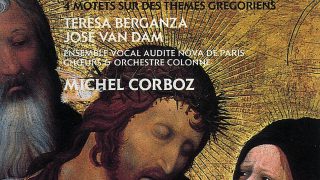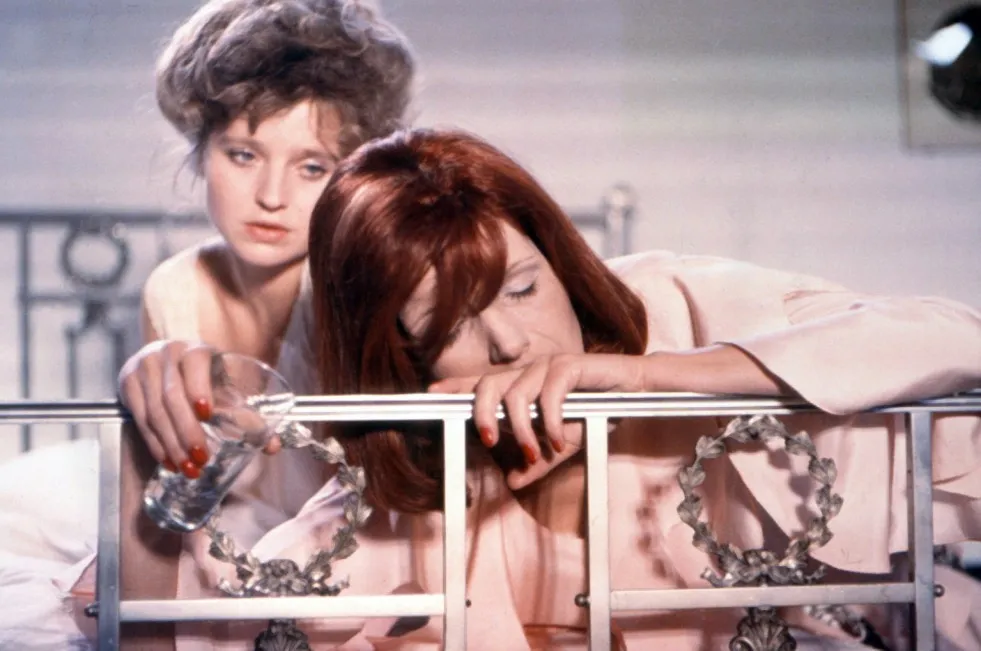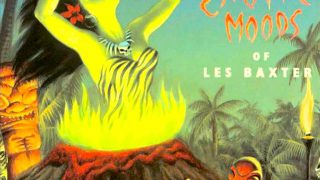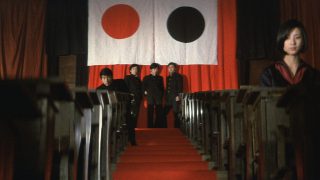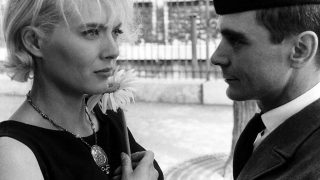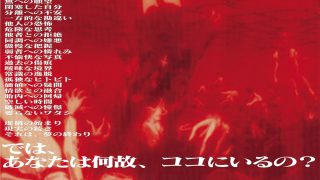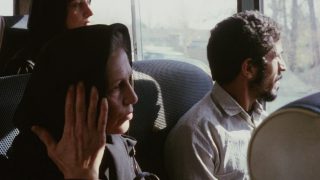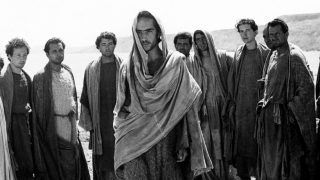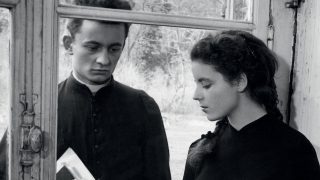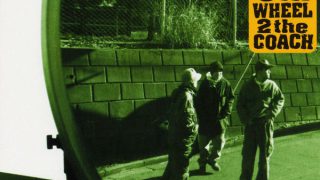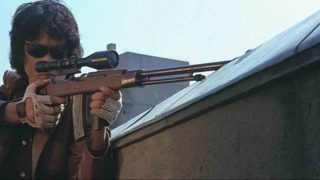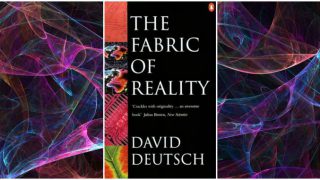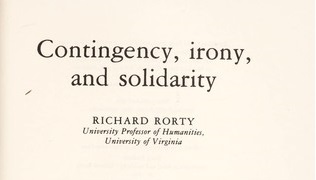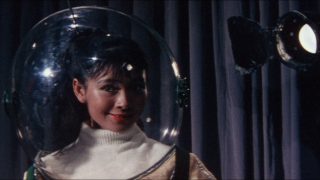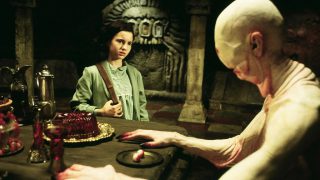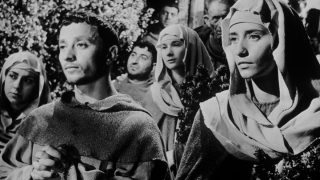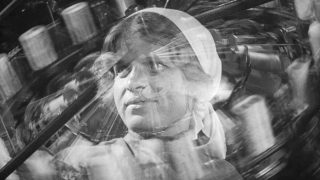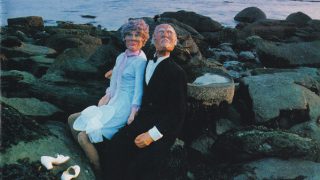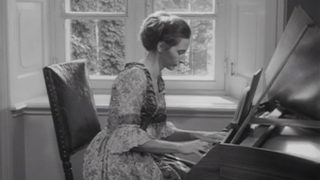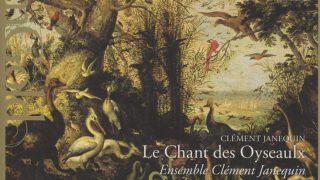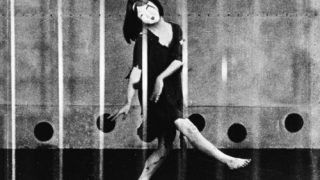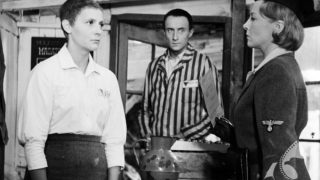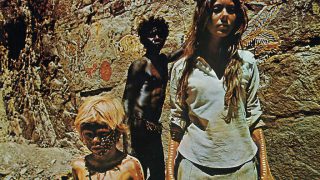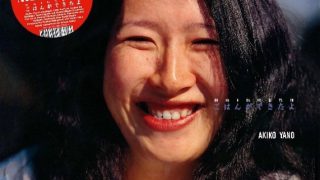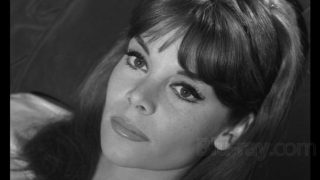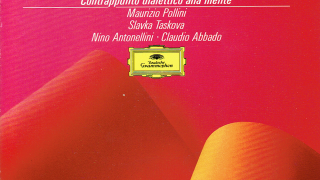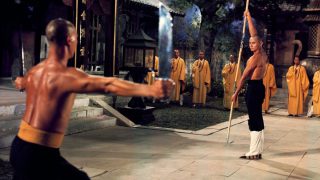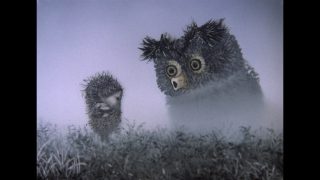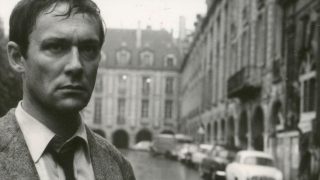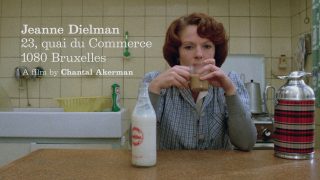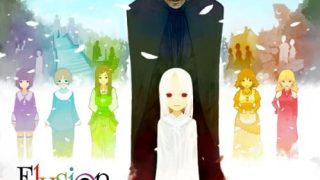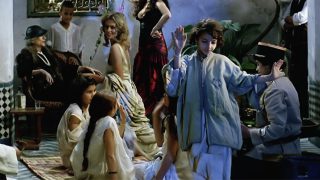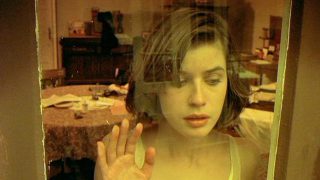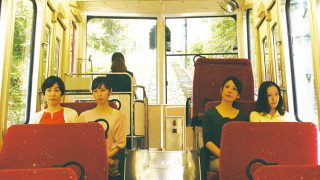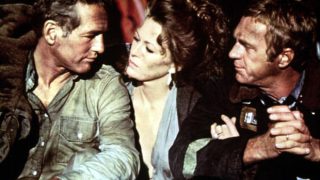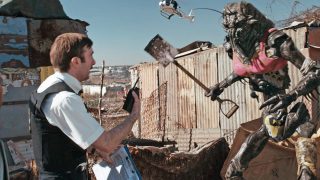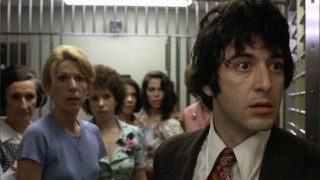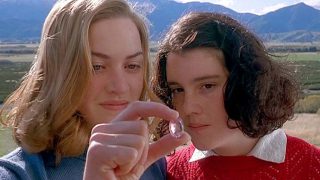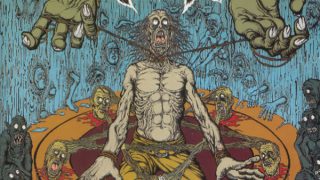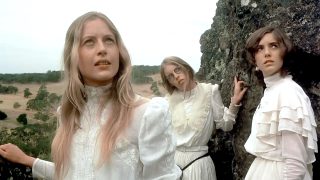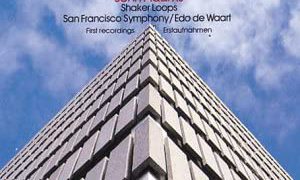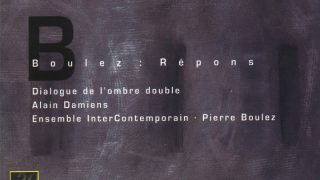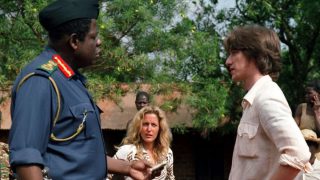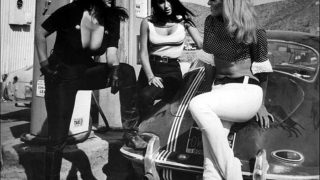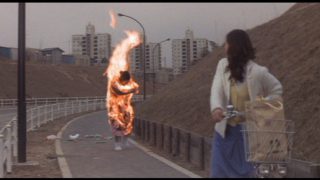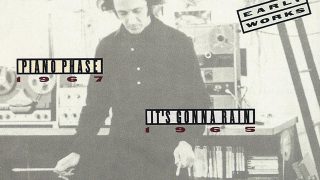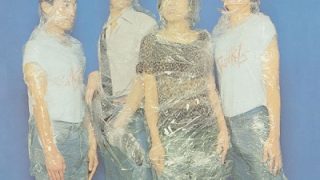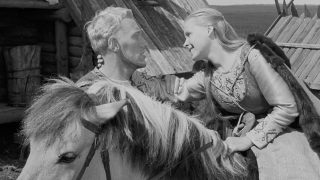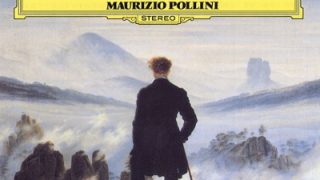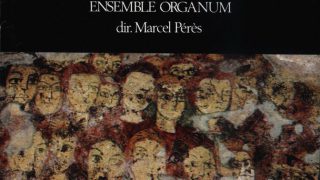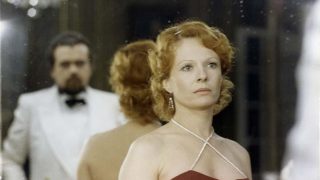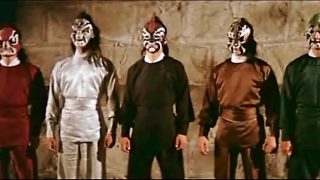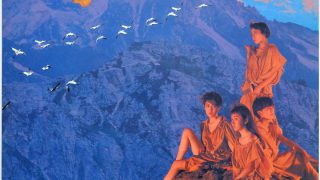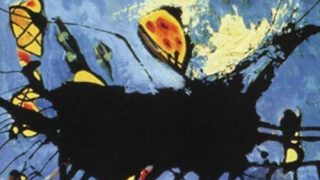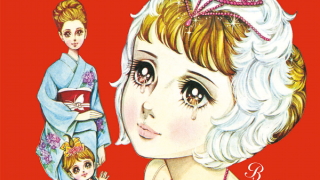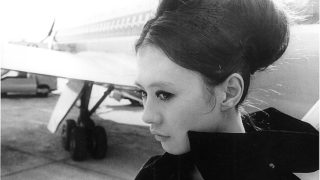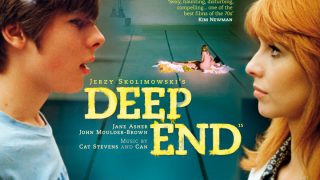Overview
“Sans Soleil (Sunless)” is a 1983 French experimental essay film directed by Chris Marker. It was made by incorporating the elements of documentary and travelogue with philosophical speculations or meditations on memory and time. It also incorporates fictional settings, like a science fiction film.
The film is composed of the images without synchronous sound and the soundtrack including female voice-over narration and electronic sounds by use of EMS VCS3 and Moog synthesizers.
The images consist of documentary footage filmed by Marker with a 16mm Beaulieu silent film camera from 1978 to 1981, stock footage, and excerpts from other films and TV programs. The documentary footage was filmed in Japan, Africa (Guinea-Bissau and the Cape-Verde Islands), Iceland, Paris, and San Francisco.
Direction, cinematography and editing by Chris Marker. The language is French. 100 minutes.
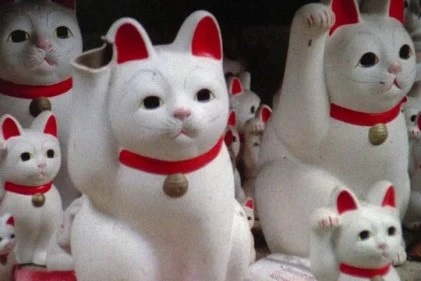
Commentary
Throughout the film, a female narrator (in the French version, writer and actress Florence Delay played the role of the narrator) reads the letters she receives from Sandor Krasna (a fictional character), a free-lance cameraman who travels around the world.
The film begins with a scene filmed in Heimaey, Vestmannaeyjar, Iceland, and then it goes back and forth between the scenes of Japan and Africa.
In 1965, Krasna shot footage of three girls in Heimaey, and then, in 1973, the volcanic cone Eldfell in Heimaey erupted. The scene of Heimaey is the starting point of Krasna’s imaginary film.
Krasna treats the scene as the landscape of the earth seen by aliens from another planet or the people from the future of the year 4001. Krasna gives his imaginary film the name of “Sans Soleil” after the song cycle “Sunless” (1874) by Modest Mussorgsky, which is still sung in 4001.
Krasna is particularly attached to “two extreme poles of survival”, Japan and Africa (represented by Guinea-Bissau and Cape-Verde).
Krasna sees Guinea-Bissau and Cape-Verde as the “poorest and most forgotten countries” (Chris Marker) in Africa, even though they played a historical role in their struggle to win independence from colonial rule by Portugal, while he finds the critical point of the cultural saturation of contemporary capitalism and consumer society in Japan in the early 1980s after the high economic growth.
In this film, Japan is also observed as an interesting object because of their unique mentality (fetishism, symbiosis with nature, tolerance for sexuality, and worldview of impermanence) and strange postmodernity, in which high technology such as electronics coexists with their pre-modern culture.
The central theme of the film is the impossibility of remembering (humans rewrite memory and history instead of remembering).
From this perspective, Krasna looks back at political fights in the 1960s and the 1970s, such as the Sanrizuka Struggle against the construction of Narita Airport in Japan and the Guinea-Bissau War of Independence, and he contrasts the present with the past.
Besides, in San Francisco, Krasna makes his pilgrimage to the locations of Alfred Hitchcock’s “Vertigo” (1958), which is “the only one film that had been capable of portraying impossible memory—insane memory”.
“Sans Soleil” is similar to Marker’s another film “La Jetée” (1962) in the theme of memory and time and reference to Hitchcock’s “Vertigo”.
In this film, a fictional Japanese named Hayao Yamaneko (“yamaneko” means “wildcat”) appears as an icon of encoding of memory via digital technology. Krasna tells the narrator that his friend Hayao showed him the footage of political struggles in Japan in the 1960s and the Pacific War, which was digitally processed and colorized by Hayao with a video synthesizer (EMS Spectre).
Hayao calls his machine’s world the “zone” in an homage to the film “Stalker” (1979) by Andrei Tarkovsky. It implies something like a computerized and virtual world.
The idea of the “zone” in this film is ambiguous: on the one hand, it changes the images of the past and flattens the history by encoding memory from a point outside of time, but on the other hand, it is also a perspective that treats actuality as both a oneness and one among countless possibilities from between being and non-being.
After entering the “zone”, Krasna says that he saluted “the spirits of unmailed letters” at Tokyo Central Post Office. This episode is suggestive of Jacques Derrida’s “revenant” (as a ghost or a returner), a metaphor that means impossible possibility between presence and non-presence.
Though Hayao Yamaneko was credited as a person in charge of special effects in the closing credit of the film, the video footage called the “zone” was made by Chris Marker himself.
The electroacoustic music of the film was made by Chris Marker under the name of Michel Krasna.
“Sunless” by Mussorgsky and “Valse triste (Sad Waltz)” (1903/1904) by Jean Sibelius were used in the film. The song was sung by American-born French singer and actress Arielle Dombasle. Japanese composer Isao Tomita played “Valse triste” on the synthesizer.
The film was screened at the 33rd Berlin International Film Festival in 1983, where it won the OCIC Award (Honorable Mention). It also won the Sutherland Trophy at the 36th British Academy Film Awards.
The film was restored from the 16mm original negative in 2013.
In 2014, the film was ranked third in “Critics’ 50 Greatest Documentaries of All Time” of British film magazine “Sight and Sound”.
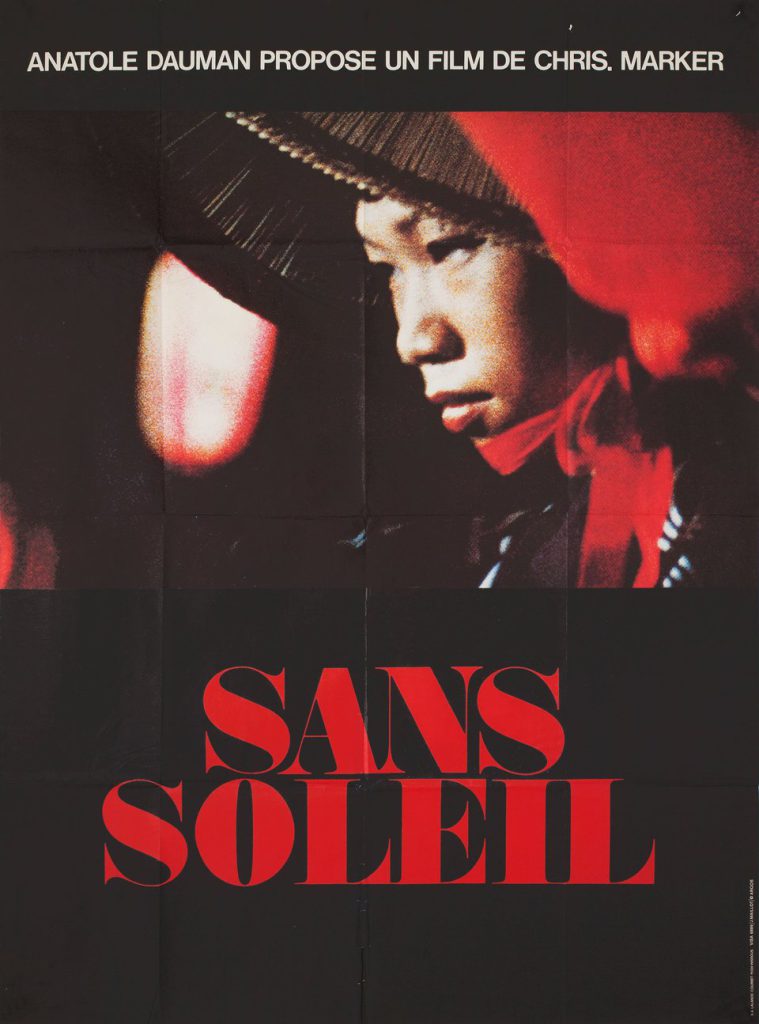
Plot (Spoiler Alert)
The film begins with the following quotation by Jean Racine from the second preface to his tragedy “Bajazet” (1672):
(The original French text) “L’éloignement des pays répare en quelque sorte la trop grande proximité des temps.”
(The English translation) “The distance between the countries compensates somewhat for the too great proximity in time.”
Krasna talks about the image of three girls. He filmed it in Icelandic island Heimaey in 1965.
A jet fighter on an aircraft carrier.
The title is displayed in three languages: Russian (Без Солнца), English (Sunless), and French (Sans Soleil).
In Japan, Krasna returns from Hokkaido (the northern island) to Honshu (the main island) on the Seikan (Aomori–Hakodate) Ferry (1908–1988). He goes to Tokyo by Shinkansen (bullet train).
A scene of the Bissagos Islands in the Atlantic Ocean off the coast of Guinea-Bissau.
An elderly couple comes to Gōtoku-ji, a Buddhist temple in Setagaya, Tokyo, to build a tomb for their cat. There are many cat figurines called “maneki-neko” (beckoning cat) in the temple.
A scene of the coast of Sal, an island in Cape Verde in the Atlantic Ocean. “We do not remember, we rewrite memory much as history is rewritten.”
Scenes of the street in Namidabashi, Tokyo in the morning. A drunken man controls the traffic at the crossing.
On a day of the equinoctial week, the Japanese people visit the graves of their ancestors and pour sake over the tombs.
A scene of the jetty on Fogo, an island in the Sotavento group of Cape Verde.
A scene of Sahel, West Africa. Animal corpses are lying in the desert.
In a carnival in Guinea-Bissau, the people wear costumes and parade.
A launch of a rocket.
The Awa Dance Festival is held in the shopping street in Kōenji, Suginami, Tokyo.
Krasna comes back to Tokyo after passing through the Chiba coast and the expressway.
Scenes at a variety of locations in Tokyo: Books Kinokuniya in Shinjuku. An Okonomiyaki (Japanese-style pancake) restaurant run by Mr. Yamada in Nishi Nippori.
Krasna spends a day watching TV in Japan. A variety of images are being projected on the TV screen: deers in Nara, TV commercials, the paintings of the Cambodian genocide (1975–1979), the film “Yokai Monsters: 100 Monsters” (1968), the TV drama series “Saiyūki/Monkey” (1978–1980) and actress Masako Natsume (1957–1985), a campaign office, a news footage from Poland, news about an earthquake, the TV anime series “Galaxy Express 999” (1978–1981), the film “Caligula” (1979), a swordfight of a period drama, and a late-night TV show for adults “11PM” (1965–1990).
An exhibition of Vatican’s treasures (1981) is held at the Sogo department store in Yūrakuchō, Tokyo.
Footage filmed inside the Hokkaido Hihokan (Hokkaido Adult Museum, 1980–2010) in Jōzankei, Sapporo, Hokkaido. A variety of cultural products about sex is displayed.
On September 25th, a memorial service for dolls is held at Kiyomizu Kannon-do Temple of Kan’ei-ji, a Buddhist temple in Ueno, Tokyo.
A scene of the dock at Pidjiguiti, Guinea-Bissau, where the Pidjiguiti massacre took place in 1959.
Women are working in the marketplace in Praia, Cape Verde.
The bronze statue of Hachikō (a Japanese Akita dog who continued to wait for his owner over nine years following his owner’s death) at Shibuya Station in Tokyo.
Scenes of the Mitsukoshi department store in Ginza, Tokyo: the bronze statue of a lion, the PC department, and the men’s clothing department, where an animatronic robot of John F. Kennedy is displayed.
Krasna talks about Yūrakuchō as the political space of Tokyo. Bin Akao (1899–1990), who is a far-right politician and the president of the Japanese Patriotic Party, makes a speech on their propaganda vehicle in the Sukiyabashi Crossing. On the sidewalk at the other side of the crossing, left-wing activists collect signatures to support South Korean politician and activist Kim Dae-jung (1925–2009).
In Narita, Chiba, Narita airport opponents hold a rally to commemorate the 10th anniversary of the death of one of the victims of the struggle.
The footage of political struggles in Japan in the 1960s, which is digitally processed and colorized by Krasna’s Japanese friend Hayao Yamaneko with a video synthesizer (EMS Spectre). Hayao calls his machine’s world the “zone” in an homage to Tarkovsky.
Scenes in front of Shinjuku Station in Tokyo. Young people on the street look at the electronic billboard (Alta Vision) of Shinjuku Alta Building (1980–2025) showing the live performance of English hard rock band Whitesnake.
Takenoko-zoku (Bamboo Shoot Tribe: a group of teenagers who were colorfully dressed and performed a step dance outside with disco music on holidays in the early 1980s) is dancing on the street beside the Yoyogi Park in Tokyo.
Scenes of Shinjuku underground mall and the subway.
The people move around Tokyo by train.
At the Sony Building (1966–2017) in Ginza, Tokyo, the people go up and down the stairs that play the musical scale (“Melody Step”). Some people watch a relay broadcasting of the grand sumo tournament in the showroom of the building.
A parts shop in the Akihabara electric town in Tokyo.
In Akihabara, the people play arcade games, such as “Mogura Tataki/Whac-A-Mole” and “Pac-Man” (1980).
In the Ueno Zoo in Tokyo, a memorial service is held in memory of animals that had died during the year.
A scene of the shore of the Bissagos Islands, Guinea-Bissau.
Krasna looks back on Cabral Brothers (Amílcar Cabral and Luís Cabral) and the Guinea-Bissau War of Independence.
On February 17th, 1980, João Bernardo “Nino” Vieira receives a decoration from the first president Luís Cabral in Cassaca, Guinea-Bissau. (After that, Vieira puts Luís Cabral in prison and becomes the new president.)
A female singer sings in Hayao Yamaneko’s video footage (the zone).
In San Francisco, Krasna makes his pilgrimage to the locations of Hitchcock’s “Vertigo”, which is “the only one film that had been capable of portraying impossible memory—insane memory”: the flower shop Podesta Baldocchi, the cemetery at Mission Dolores, the art museum at the Legion of Honor, the sequoia tree at Muir Woods National Park (actually filmed at Big Basin Redwoods State Park), Mission San Juan Bautista, and the Golden Gate Bridge.
Krasna looks back at the scene of Icelandic island Heimaey, which is the starting point of his imaginary film. He talks about the film, which was named “Sans Soleil” after the song cycle by Mussorgsky.
Krasna visits Itoman, Okinawa and thinks about the Battle of Okinawa (1945) in the closing days of the Pacific War.
In Okinawa, Krasna shoots a ceremony of Ryukyuan religion. The priestess called “Noro” presides over the ceremony.
A footage of the Pacific War, which is digitally processed and colorized by Hayao Yamaneko.
Krasna thinks of Kamikaze who dived on the American fleet in the Battle of Okinawa.
Scenes of Sal, Cape Verde: the desert and the coast.
Scenes of Tokyo in January: a Buddhist monk offers prayers, standing in Asakusa. The people visit Kanda Myōjin, a Shinto shrine in Chiyoda Ward, Tokyo, at the beginning of the new year. Women get dressed up in kimonos.
On January 15th (Coming-of-Age Day), the coming-of-age ceremony is held in Sumida Ward, Tokyo.
Dondo-yaki, also known as Tondo-yaki or Sagichō (a Japanese ceremonial occasion in which New Year’s decorations are burned) is held at Torikoe Jinja, a Shinto shrine in Taitō Ward, Tokyo.
Krasna contrasts his 1965 footage of the city of Heimaey, Iceland with a film which volcanologist Haroun Tazieff shot in the same place five years later. Tazieff’s film was as if the entire year 1965 had just been covered with ashes.
And then, the journey enters the “zone”.

